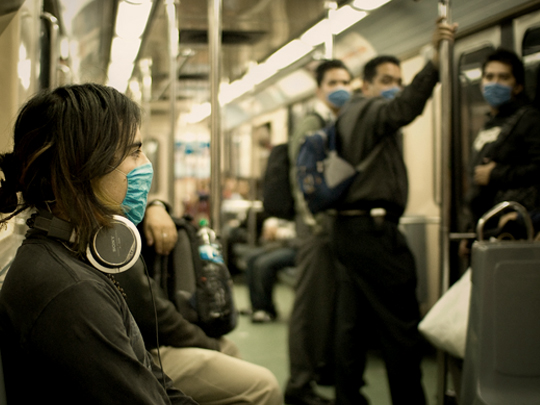Photo by Eneas De Troya / Wikimedia Commons / CC-BY-SA-3.0 / GFDL
1 – Swine Flu is Declared a Global Pandemic
The 2009 swine flu pandemic lasted from early 2009 until late 2010. It was the second pandemics involving the H1N1 influenza virus, the first one being in 1918.
In April 2009, the virus was recognized and appeared to be a new strain of H1N1, as a result of an existing mix of bird, swine and human flu viruses combining with a Eurasian pig flu virus. This led to the term “swine flu”.
Unlike most strains of influenza, an unusual characteristic of H1N1 is that it does not disproportionately infect adults older than 60 years.
A small percentage of previously very healthy people developed pneumonia, manifesting itself as increased breathing difficulty, typically occurring 3–6 days after the initial onset of flu symptoms.
It is a particular warning sign if a child or adult seems to be getting better and then relapses with high fever, as this relapse may be bacterial pneumonia.
A New England Journal of Medicine article from November 2009 recommended flu patients with chest X-rays indicating pneumonia receive both antivirals and antibiotics.
The pandemic began to taper off in November 2009, with a steep decline in cases by May 2010. On 10 August 2010, the Director-General of the WHO, announced the end of the H1N1 pandemic.
In August 2011, researchers estimated that the 2009 H1N1 global infection rate was 11% to 21%, which was lower than previously expected. Initial figures estimated the virus had killed more than 18,000 people.
However, by 2012, research showed it could have killed as many as 579,000 people, as only those fatalities confirmed by laboratory testing were included in the original number.
Deaths of people without access to health facilities went uncounted, with the majority of these deaths being in Africa and Southeast Asia.
The WHO, have agreed an estimated 284,500 people were killed by the disease, much higher than the initial figures.
2 – The Miracle on the Hudson
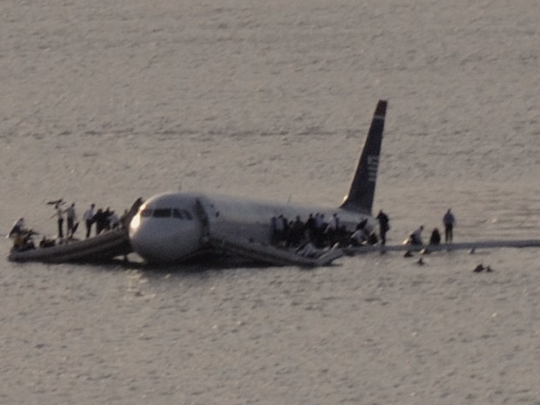
On 15 January 2009, US Airways Flight 1549, an Airbus A320, struck a flock of Canada geese in the climb after takeoff from New York City’s LaGuardia Airport.
The incident happened just northeast of the George Washington Bridge and caused the plane to lose all engine power.
Unable to reach an airport, pilot Chesley Sullenberger, along with co-pilot Jeffrey Skiles, glided the plane to land down on the Hudson River off Midtown Manhattan.
All 155 people aboard were rescued by nearby boats, with few serious injuries. The incident came to be known as the “Miracle on the Hudson”.
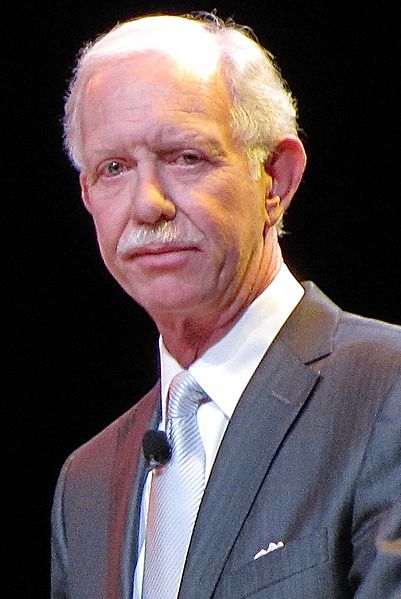
An official with the National Transportation Safety Board described it as “the most successful ditching in aviation history”.
The Board also rejected the notion that Sullenberger could have avoided ditching by reaching the nearest airport.
On 22 January 2009, the pilots and flight attendants were awarded the Master’s Medal of the Guild of Air Pilots and Air Navigators in recognition of their “heroic and unique aviation achievement”.
Sullenberger retired from US Airways after 30 years as a commercial pilot on 3 March 2010. In December 2010, Sullenberger was appointed an Officer of France’s Legion of Honour.
3 – Iceland’s Government Collapses After Mass Public Protests
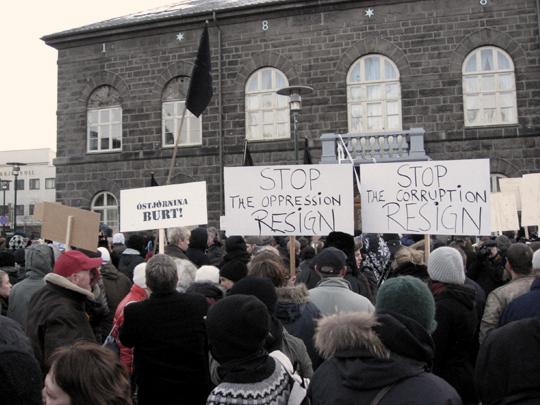
The 2009–2011 Icelandic financial crisis protests occurred in the wake of the Icelandic financial crisis.
There had been regular and growing protests since October 2008 against the Icelandic government’s handling of the financial crisis.
The protests intensified on 20 January 2009 with thousands of people showing up to protest at the parliament in Reykjavík.
At the time, these were the largest protests in Icelandic history, with protesters calling for the resignation of government officials and for new elections to be held.
On 26 January, Prime Minister Geir Haarde, of the Independence Party, announced that he would be resigning as PM, after talks with the Social Democratic Alliance on keeping the government intact had failed earlier the same day.
A new left-wing government was formed after elections in late April 2009. It was supportive of the protestors and initiated a reform process that included the judicial prosecution of the former Prime Minister Geir Haarde.
Several referenda were held to ask the citizens about whether to pay the debt of their banks. After a complex process, 25 common people, of no political party, were elected to form an Icelandic Constitutional Assembly to write a new Constitution of Iceland.
After some legal problems, a Constitutional Council, which included those people, presented a Constitution Draft to the Iceland Parliament on 29 July 2011.
4 – Barack Obama Becomes the First African American President of the USA
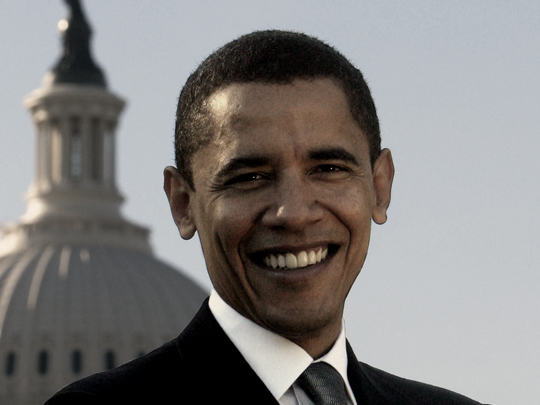
The first inauguration of Barack Obama as the 44th President of the United States took place on 20 January 2009, becoming the first African American to be elected to the presidency.
Obama had secured the Democratic party nomination after a tight primary against Hillary Clinton, before winning the presidential race over Republican candidate John McCain.
The inauguration set a record attendance for any event held in Washington, D.C. Based on the combined attendance numbers, television viewership, and Internet traffic, it was one of the most observed events in history by a global audience.
In his speeches to the crowds, Obama referred to the sentiments expressed by Abraham Lincoln about renewal, continuity and national unity.
The inaugural events held in Washington from January 18 to 21, 2009, included concerts, a national day of community service on Martin Luther King Jr. Day, the swearing-in ceremony, luncheon and parade, inaugural balls, and the interfaith inaugural prayer service.
The presidential oath was administered by Supreme Court Chief Justice John Roberts during the swearing-in ceremony but strayed slightly from the oath of office prescribed in the United States Constitution, which led to its re‑administration the next day.
The Presidential Inaugural Committee increased its outreach to ordinary citizens to encourage greater participation in inaugural events compared with participation in recent past inaugurations.
For the first time, the committee opened the entire length of the National Mall as the public viewing area for the swearing-in ceremony, breaking with the tradition of past inaugurations.
5 – The Burj Khalifa became the tallest structure ever built
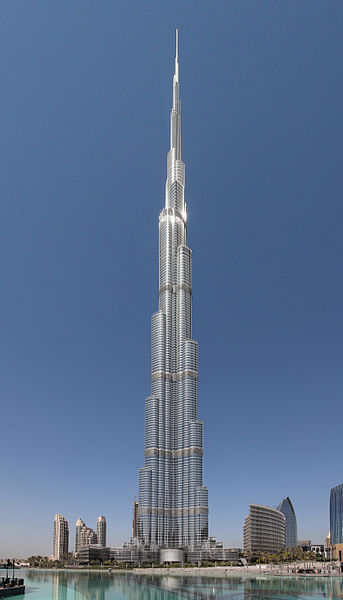
The Burj Khalifa is a skyscraper in Dubai, United Arab Emirates. With a total height of 829.8 m (2,722 ft), the Burj Khalifa became the tallest structure and building in the world after its topping out in 2009.
Construction of the Burj Khalifa began in 2004, with the exterior completed five years later in 2009. It contains a total of 57 elevators and 8 escalators.
Burj Khalifa was designed by Adrian Smith, of Skidmore, Owings & Merrill, who have also designed Chicago’s Willis Tower and New York’s One World Trade Center.
The decision to construct the building was based on the government’s decision to diversify from an oil-based economy, and for Dubai to gain international recognition.
The building was originally named Burj Dubai but was renamed in honor of the ruler of Abu Dhabi and president of the United Arab Emirates, Khalifa bin Zayed Al Nahyan.
After the original developers ran into financial issues, Sheikh Khalifa granted monetary aid and funding, resulting in the changing of the name to “Burj Khalifa”.
During construction, there were complaints concerning the Burj’s South Asian migrant builders, centering on low wages and the practice of confiscating passports until their work was complete, with several of them reportedly committing suicide.
6 – The Black Saturday Bushfires
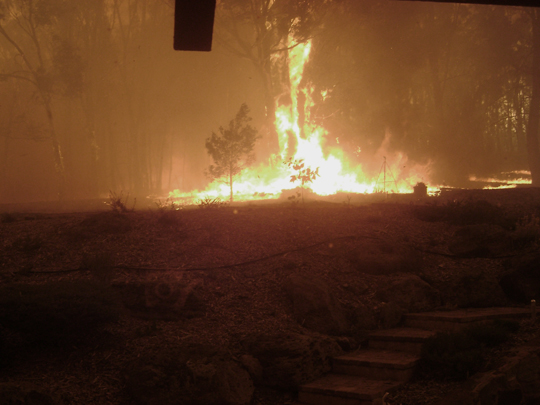
The Black Saturday bushfires were a series of bushfires that ignited and burned across the Australian state of Victoria on Saturday, 7 February 2009. They were among Australia’s all-time worst bushfire disasters.
As many as 400 individual fires were recorded during extreme bushfire-weather conditions and resulted in Australia’s highest ever loss of life from a bushfire, with 180 fatalities.
A total of 414 people were injured during the Black Saturday bushfires. Many more were left homeless as a result, with approx. 1,800 primary residences destroyed.
Melbourne hit 46.4 °C (115.5 °F), the hottest temperature ever recorded for the city, with humidity levels dropping to as low as two percent, and hot northwesterly winds in excess of 100 kilometers per hour (62 mph).
A lecturer in fire ecology from the University of Melbourne estimated the fires may have burned at temperatures of 1,200 °C (2,190 °F), concluding that the remains of some people caught in the fires may have been obliterated.
7 – Italian Jury Convicts Amanda Knox of Murdering Her Roommate Meredith Kercher

Amanda Knox is an American woman who spent nearly four years in an Italian prison following her conviction for the 2007 murder of British exchange student Meredith Kercher, who shared her apartment.
Knox, aged 20 at the time of the murder, had called the police after returning to her and Kercher’s flat after spending the night with her boyfriend, Raffaele Sollecito, and finding Kercher’s bedroom door locked and blood in the bathroom.
Kercher was found dead on her bedroom floor. Following interrogation, the conduct of which is a matter of dispute, Knox implicated herself and her employer, Patrick Lumumba.
Knox and Sollecito were initially accused of murdering Kercher in concert with Lumumba, but he was soon released. Rudy Guede, a known burglar, was arrested after his bloodstained fingerprints were found on Kercher’s possessions.
Defense lawyers’ requests for the judges to order independent reviews of evidence, including DNA and the compatibility of the wounds with the alleged murder weapon, were denied.
On 5 December 2009, Knox, was convicted on charges of faking a break-in, defamation, sexual violence, and murder, and sentenced to 26 years imprisonment. Sollecito was sentenced to 25 years.
Rudy Guede was found guilty of murder and sexual assault in October 2008 and sentenced to 30 years’ imprisonment.
Shortly after Knox and Sollecito were convicted, Guede had his term cut to 24 years before the automatic reduction for the fast-track trial, giving him a final sentence of 16 years.
In Italy, opinion was not generally favorable toward Knox with pre-trial publicity in the media portraying her in a negative light. This led to complaints that the prosecution was using character assassination tactics.
In the U.S., the verdict was widely seen as a miscarriage of justice, with the Idaho Innocence Project, a non-profit dedicated to proving the innocence of wrongly convicted people, saying forensic results from the crime scene pointed to Guede as the lone killer.
A prolonged legal process ensued, culminating in Knox and Sollecito being found not guilty of the murder on 3 October 2011. She was immediately released and returned to her home in Seattle.
In March 2013, a retrial was ordered and ruled to set aside the acquittals of the second level trial on the grounds that it had gone beyond the remit.
Eventually, on 27 March 2015, Italy’s highest court, the Supreme Court of Cassation, definitively exonerated Knox and Sollecito.
On January 24, 2019, the European Court of Human Rights ordered Italy to pay Knox 18,400 Euros (about US$20,800) for not providing her with either a lawyer or a competent interpreter when she was first held in custody.
